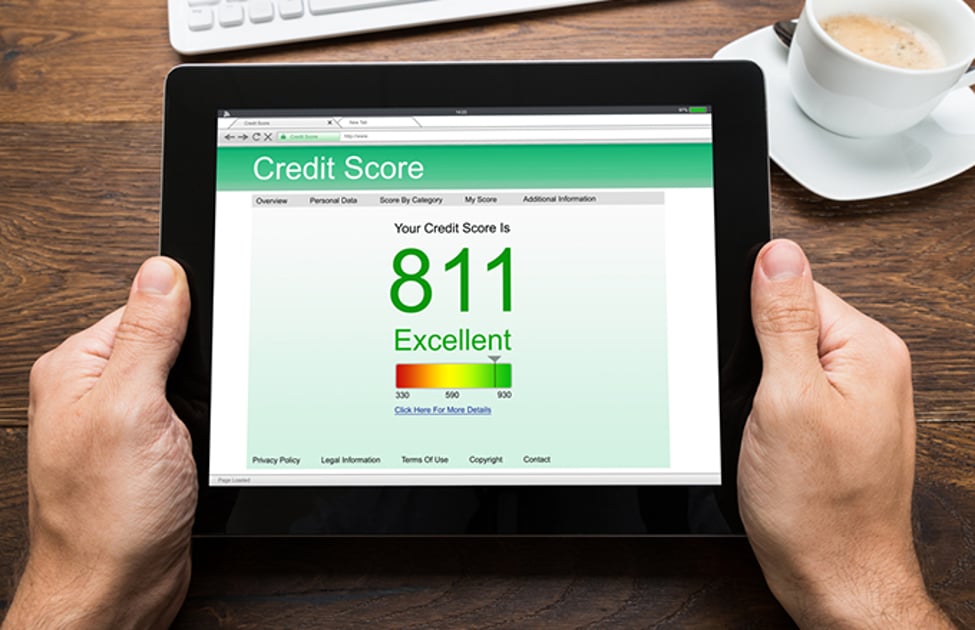Once your credit is in great shape, make sure it stays that way with these tips.
Once you’ve paid them down, keep the balances low by using them only for emergencies. If the balance is currently high on one or more cards or credit lines, begin paying them down, starting with the card or credit line with the highest interest rate first.
Many creditors and utility companies make it easy to pay your bills on time by sending reminders before the payment is due. Additionally, setting up an automatic payment will ensure the bill is paid on time.
If you’re thinking of taking out a loan to buy a car or a home, limit your rate search to a small timeframe so the inquiries will likely be treated as a single one. The more inquiries into your credit, the more likely they’ll count against your score.
Even if you don’t use a line of credit anymore, it may not be a good idea to close it. Closing several accounts at once may raise red flags and impact your credit. Instead, leave the balance at zero and try not to use it.
It takes time to build great credit; it also takes time to rebuild your credit once it’s damaged. Once you’ve earned a great credit score, continue good financial habits to maintain it.
What is a “Good” credit score?
Although lenders often decide what they consider acceptable credit, the credit tiers generally break down as follows:
Excellent Credit 750+
Good Credit 700-749
Fair Credit 650-699
Poor Credit 600-649
Bad Credit below 600
What separates those with “Good” credit from those with “Excellent” credit?* Although people with excellent credit have more open revolving credit accounts, they don’t actively use them and the debt they do carry makes up a lower percentage of their overall available credit.

